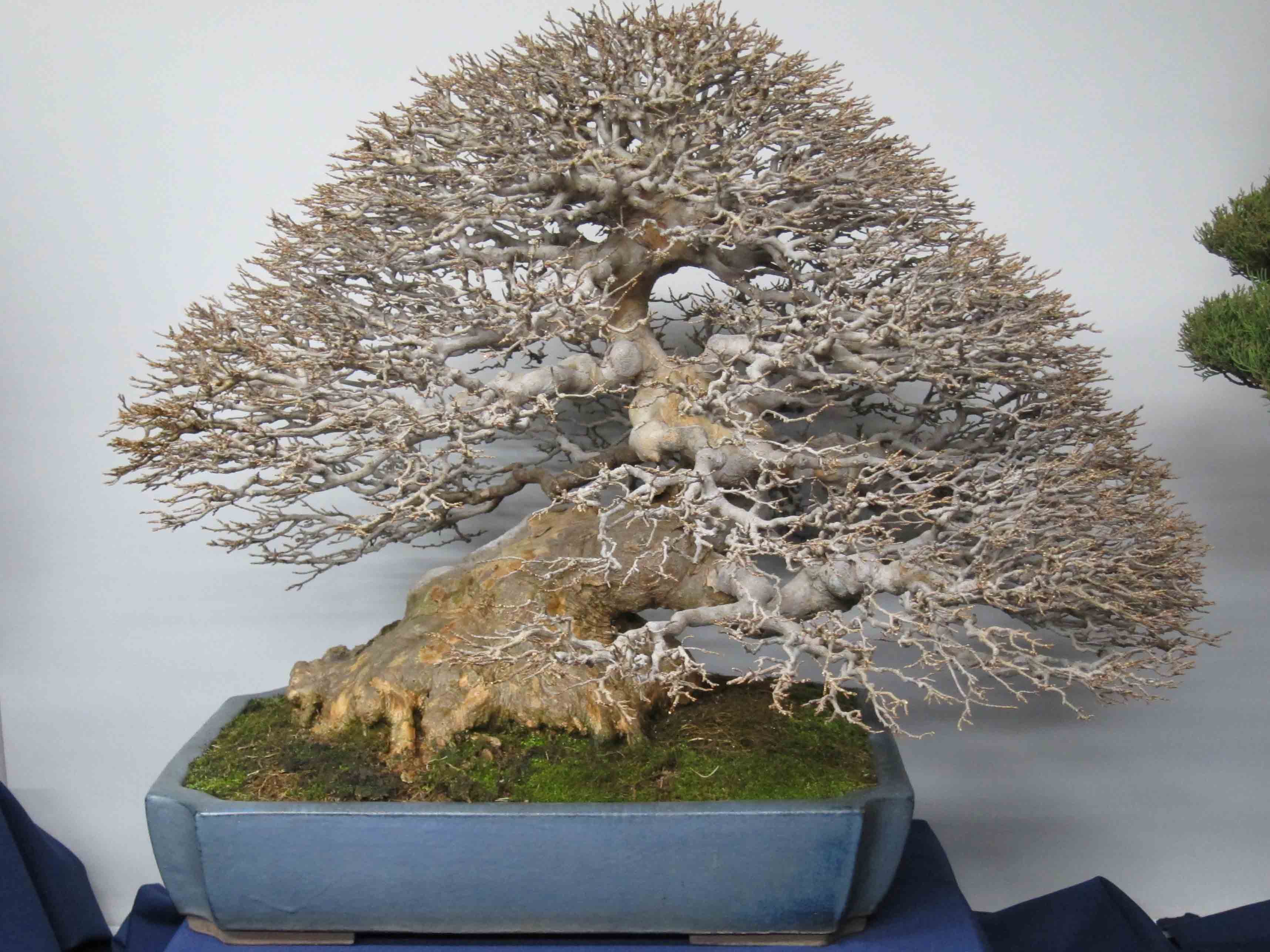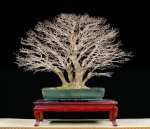Tentakelaertje
Omono
All over the world styles, cultures and influences are different, and now I'm curious how that shows in bonsai on a certain level. A stick in a pot is a stick in a pot.
What do you guys think about it?
Please add images and styles previous posters have not covered (enough) yet.
Adding characteristics is appreciated.
Here's my perception and my limited knowledge, not saying it's either right or wrong, because this is how I see it. If/when you think I'm wrong, please explain why. Please add for we don't wanna be uneducated fucks.
I do realize one can not speak for everyone, but let's try anyway.
P.s. If the image is yours and I didn't tell it's yours, apologies.
Please don't sue me, I'm a poor student and my coin is lower than what is left of a beer after you are finished with it.
Japanese style:
Manicured canopies;
Lots of (twisted) deadwood on conifers, none on deciduous;
Incredibly ramificated, both on conifers as deciduous;
Mainly focused on a relative small amount of species;
Imports (almost) nothing, and (almost) all native Japanese species.




Antarctican style:
Cold, ice, ice, penguin, cold.

European style:
Knowledge lacking, but I do have some examples.



------------------------------------------------------------
Styles I'd love to see covered more on but can't cuz of my lacking knowledge:
African styles
Australian styles
Murican styles
South-East Asian styles (yes that includes hon non bo)
Chinese styles (ditto for tree penjing)
Japanese styles
Latin American styles
European styles
I know there's more than one style per continent/area (like american eastcoast and westcoast), so if you think the picture is too big, please split it up.
What do you guys think about it?
Please add images and styles previous posters have not covered (enough) yet.
Adding characteristics is appreciated.
Here's my perception and my limited knowledge, not saying it's either right or wrong, because this is how I see it. If/when you think I'm wrong, please explain why. Please add for we don't wanna be uneducated fucks.
I do realize one can not speak for everyone, but let's try anyway.
P.s. If the image is yours and I didn't tell it's yours, apologies.
Please don't sue me, I'm a poor student and my coin is lower than what is left of a beer after you are finished with it.
Japanese style:
Manicured canopies;
Lots of (twisted) deadwood on conifers, none on deciduous;
Incredibly ramificated, both on conifers as deciduous;
Mainly focused on a relative small amount of species;
Imports (almost) nothing, and (almost) all native Japanese species.




Antarctican style:
Cold, ice, ice, penguin, cold.

European style:
Knowledge lacking, but I do have some examples.



------------------------------------------------------------
Styles I'd love to see covered more on but can't cuz of my lacking knowledge:
African styles
Australian styles
Murican styles
South-East Asian styles (yes that includes hon non bo)
Chinese styles (ditto for tree penjing)
Japanese styles
Latin American styles
European styles
I know there's more than one style per continent/area (like american eastcoast and westcoast), so if you think the picture is too big, please split it up.














